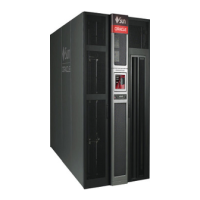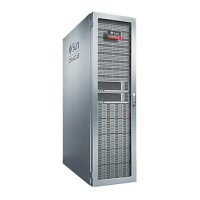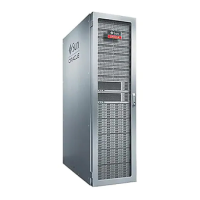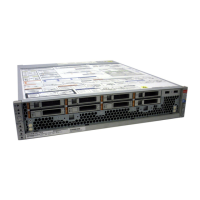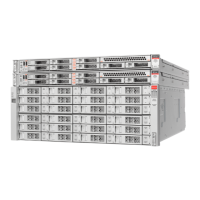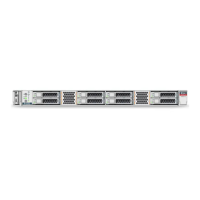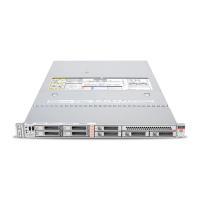Julyl 2017 Partitioning Overview 249
B
Partitioning Overview
The SL150 library can be partitioned into a maximum of eight distinct sections.
Briefly stated, this means that instead of one library—with all its cartridge slots, tape
drives, and mailslots—being a single entity, the library and these components can
now be divided into sections or partitions. A library supports a maximum of eight
partitions. Each partition can be accessed by one host or multiple hosts.
Partitioning—General
Partitioning has terms associated with it that you and your customer must
understand to effectively use the feature. In certain cases, these terms redefine some
concepts that are familiar with users of the traditional, non-partitioned library
configuration.
A “partition” is defined as the process of dividing portions of a library into discrete
sections. The partitioning feature offers great flexibility for users.
Enabling the library to be partitioned requires some important considerations:
• Each partition designates tape drives and magazines solely to its partition, the
other partitions cannot use these tape drives or magazine storage slots.
• Partition users must anticipate how much storage area is needed for their resident
tape volumes and the amount of free slots required. Once storage needs are
defined for the partitions within the library, sufficient modules need to be present
within the library to accommodate this need.
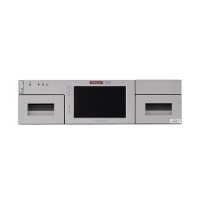
